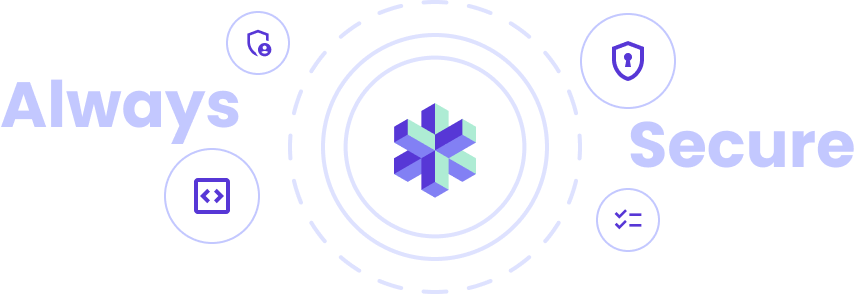Detect Threats at the
Network Level
Timus Secure Web Gateway (SWG) enables safe browsing for employees by blocking malware and phishing at the network level. Web Categories enable controlled access to the Internet, minimizing risks of inappropriate content and helping with compliance.
30 days free with a Satisfaction Guarantee

Enhanced Cloud-Based Security
Timus ensures strong network security and deep visibility with cloud-based web filtering, next-gen SWG, a cloud firewall, and always-on connectivity, all enhanced with detailed reporting and logs.
Stay Secure and Compliant
Malware Protection
Timus SWG stay between users and the Internet, inspects web traffic to filter out malware infections. The SWG analyzes websites, file downloads, and attachments, blocking access to harmful elements in real-time.
Standard SSL/TLS Traffic Inspection for Malicious Content
As bad actors increasingly use encrypted communication channels to evade detection, SWG performs SSL/TLS traffic inspection to scan encrypted HTTPS traffic for malicious content.
Risk Mitigation
Restricting access to known malware and phishing sites, parked domains, sites with inappropriate content, and torrent repositories will significantly reduce the risk of being compromised by cyberthreats.
Compliance
Many industries are subject to regulatory compliance requirements regarding internet usage and content access. Web category filtering is a straightforward way to enforce policies that align with compliance requirements and industry regulations.

Encryption
Timus provides robust security AES-256 encryption. Its 256-bit key length ensures data confidentiality and makes it highly resistant to attacks.
Our Commitment to Security
Timus’ compliance with SOC 2 Type 2 and ISO 27001 demonstrates our commitment to security, ensuring stringent controls and processes for protecting sensitive data and managing risks effectively.
FAQ
Hackers deploy a plethora of different tactics. Two of the most common ones are phishing and social engineering with the end goal of stealing a user’s credentials, or other sensitive information such as social security numbers or credit card numbers. Some other tactics include sneaking in malware or ransomware into attachments or websites, denial of service (DoS), or man-in-the-middle (MitM) attacks used for intercepting public Wi-Fi networks.
Although avoiding unfamiliar links or files remains crucial, it is increasingly difficult to identify phishing sites by sight alone. A company must implement zero-trust-network-access policies to prevent hackers gaining access to the network via stolen/phished user credentials.
An up-to-date endpoint protection software along with regular security trainings are key. In addition, consider using a Zero Trust Network Access (ZTNA) solution. For example, Timus provides secure, always-on connectivity to company resources and SaaS apps from any location, whether it be an airport or a coffee shop.
Get Started with Timus
Zero Trust. Adaptive Cloud Firewall. Secure Remote Access. In one.